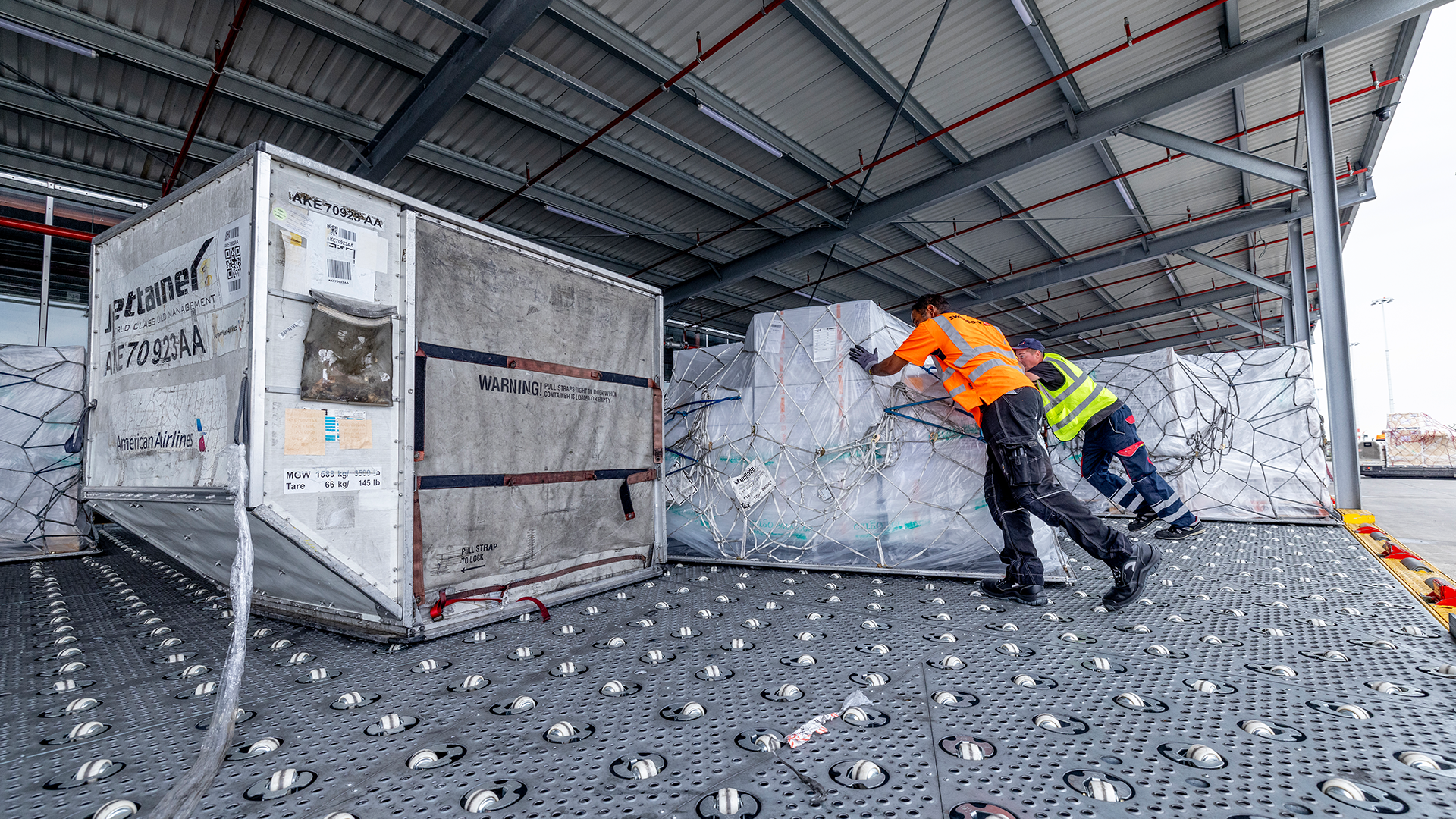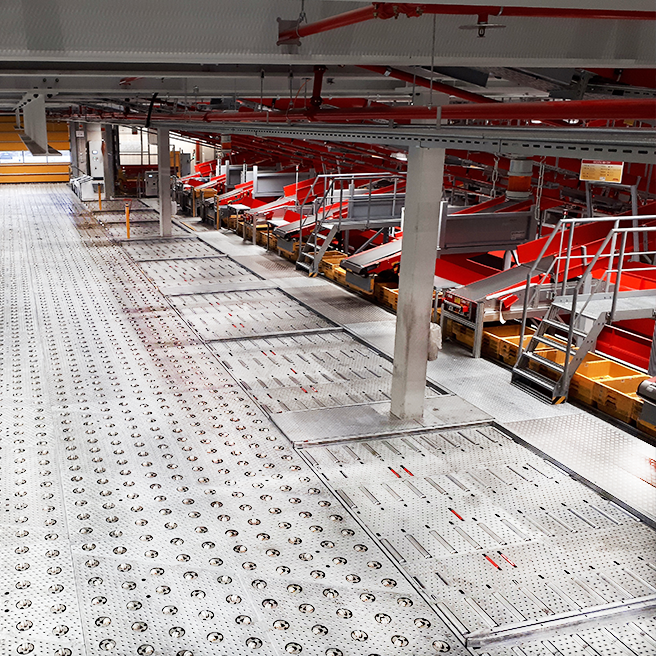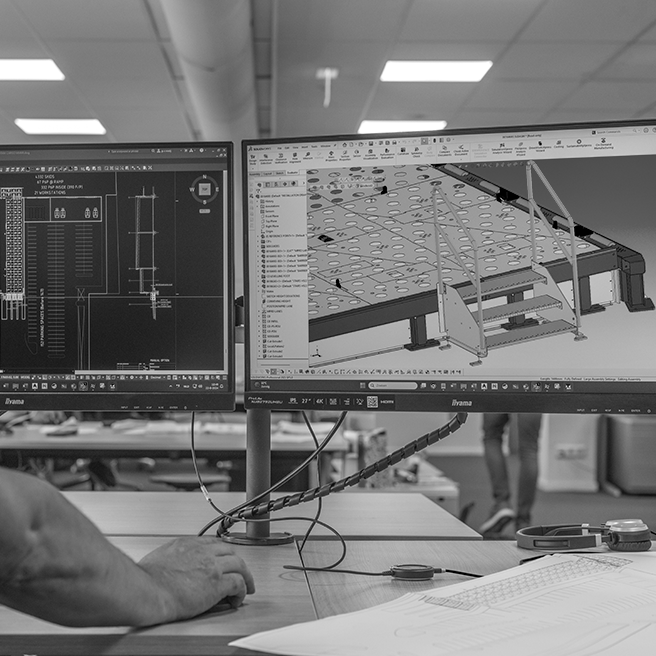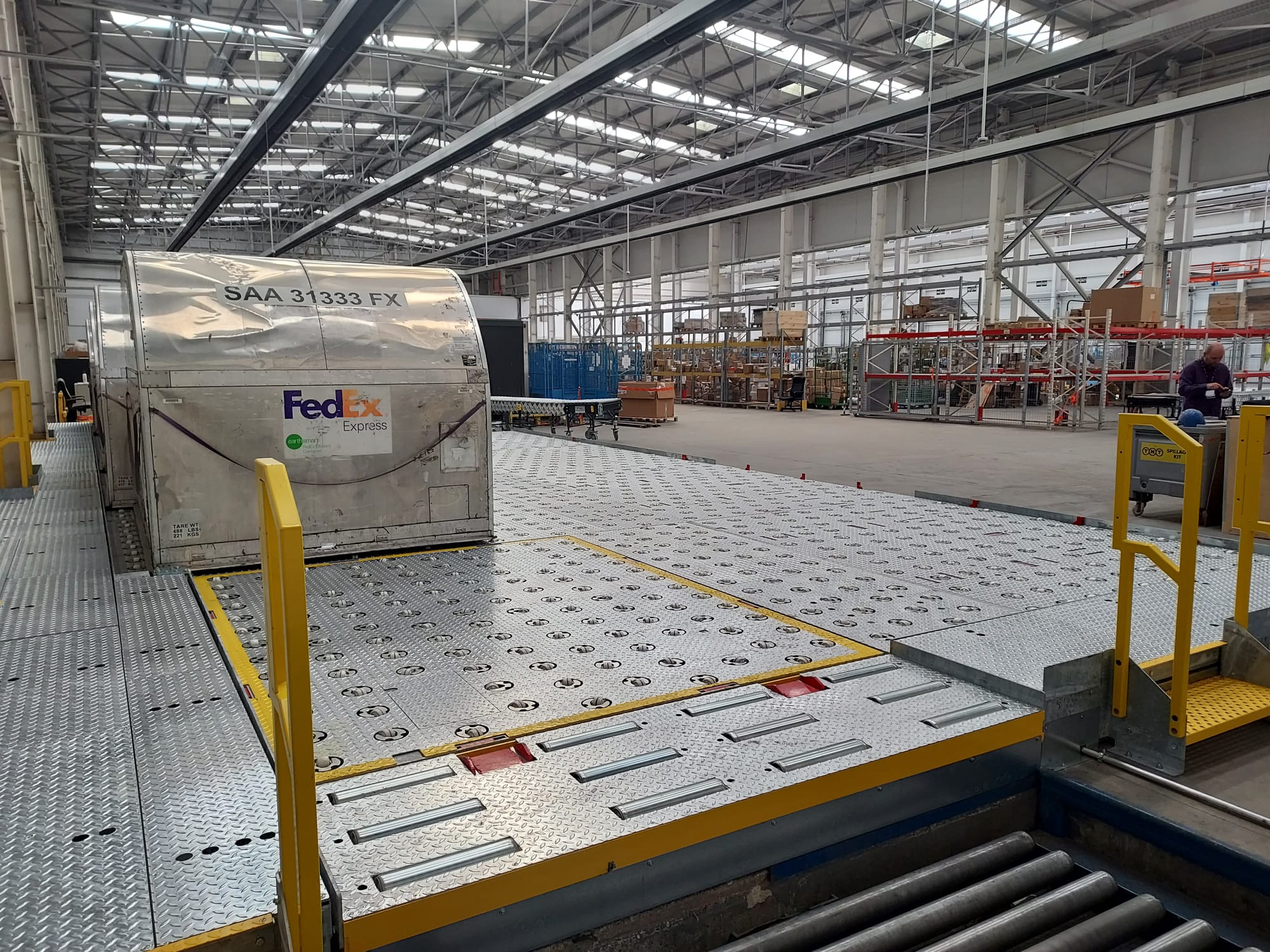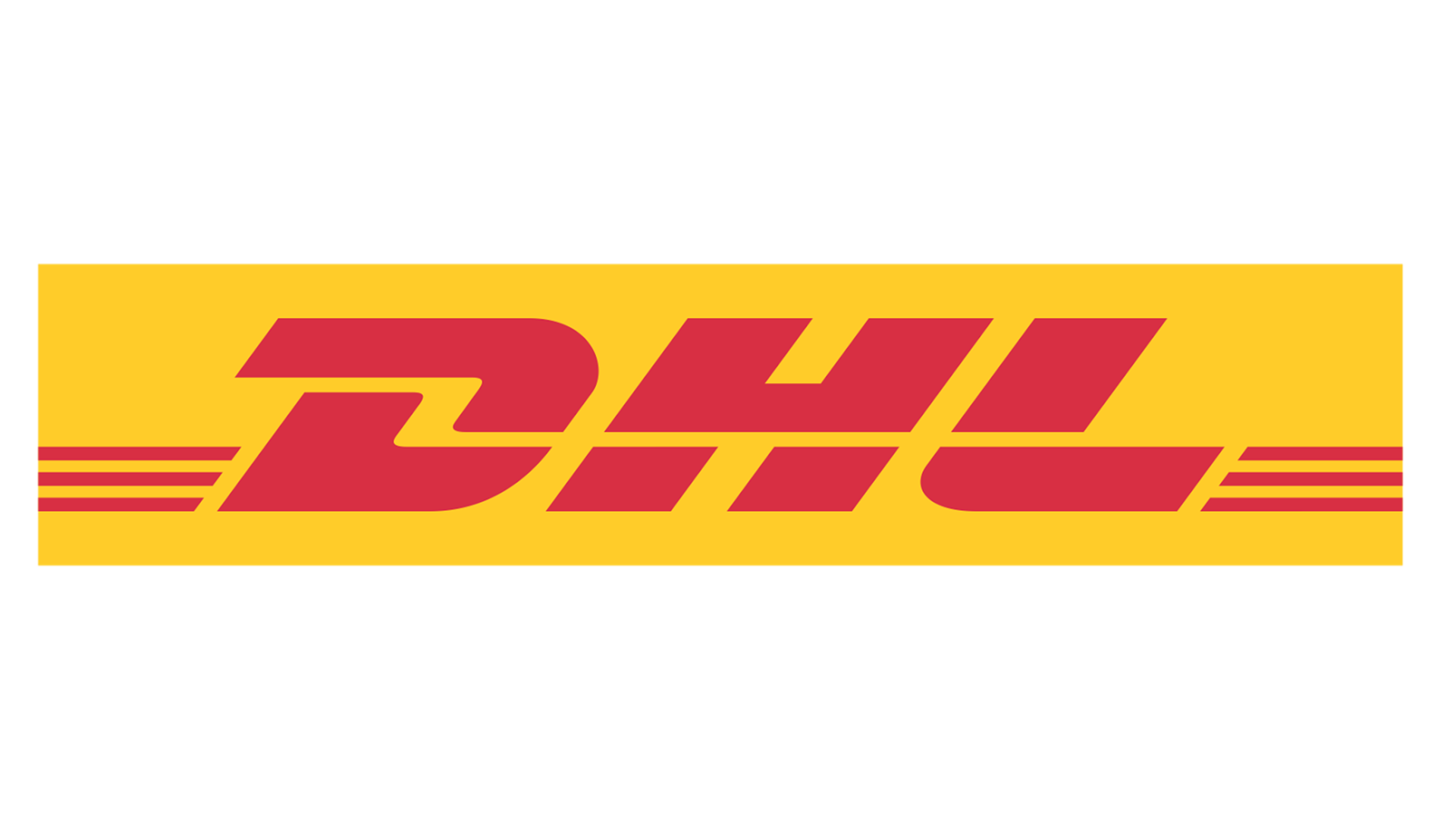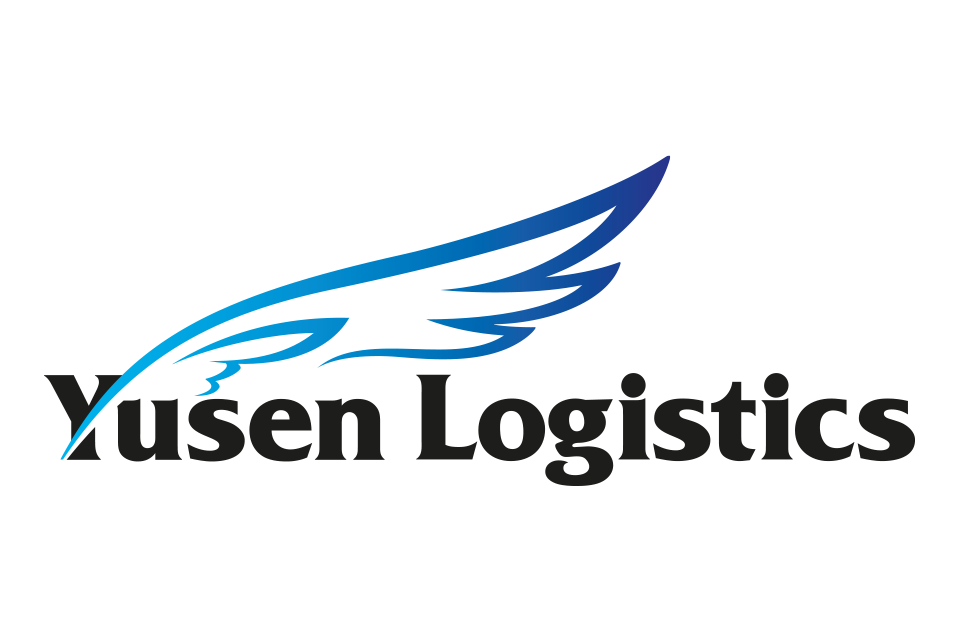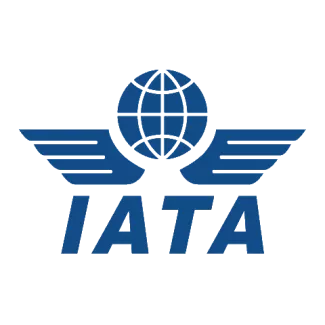
Air Cargo Handling System for Maersk Eindhoven
We partnered with Maersk in Eindhoven to install a comprehensive Cargo Handling system, designed to enhance their logistics operations. This project included the integration of a specialized Truck Dock for 20 ft containers, featuring dual hydraulic scissor lifts with a lifting speed of 1.8 m/min, and motor-powered 10 ft roller decks to streamline cargo movement. The system also includes advanced components like hydraulic-powered ULD stops, side shift functions, an integrated weighing system, and a capstan winch for additional handling precision. For safety and operational efficiency, we installed heavy-duty crash barriers with rollers, powered lead rollers, and electric controls with an operator panel for seamless control.
Additionally, we provided a BUBD 10 ft lowering workstation, equipped with a hydraulic scissor lift, a flat-top steel deck, and a pit with safety provisions. This system, complete with electric controls, ensures optimal handling and flexibility for Maersk’s diverse cargo needs, reflecting our commitment to delivering tailored and efficient solutions in line with Maersk’s logistics requirements.
Read the full story




